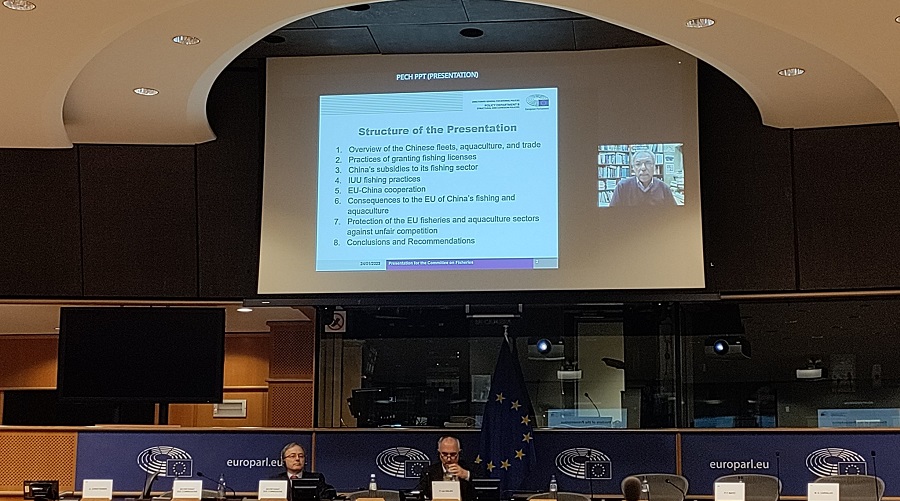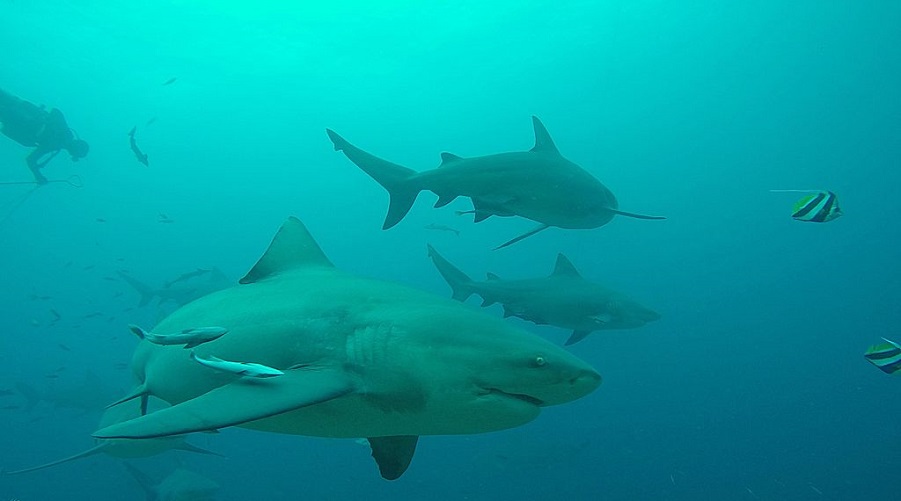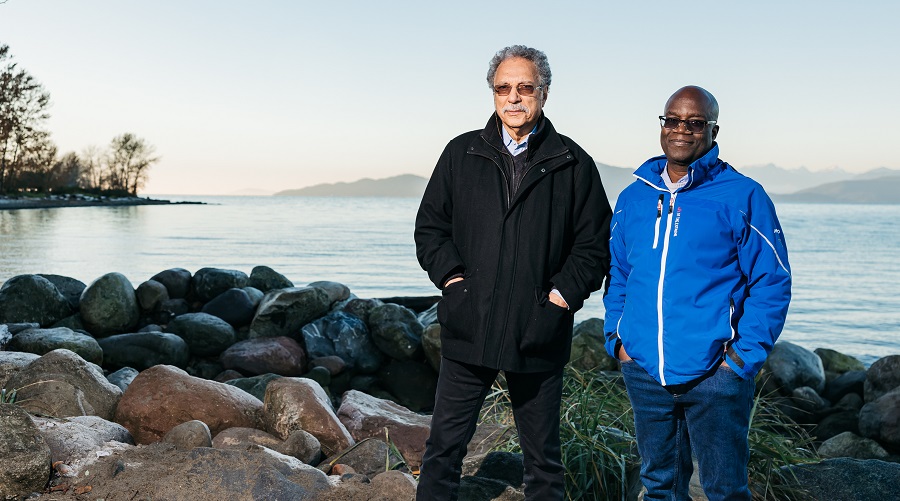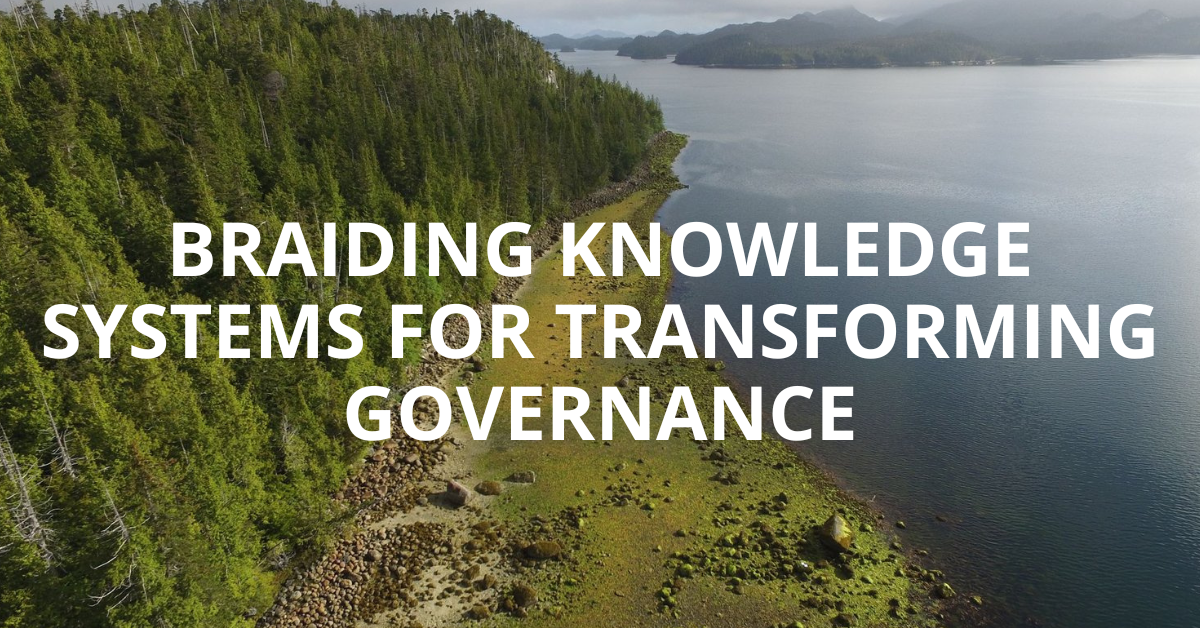The 2023 Tyler Prize for Environmental Achievement, often described as the ‘Nobel Prize for the Environment’, has been awarded to two courageous Canadian ocean fisheries experts: ecologist Daniel Pauly and economist Rashid Sumaila.
Daniel Pauly at IMPAC5 – De facto MPAs vs. paper parks
What is the difference between marine protected areas that actually work and paper parks?
With the premise in mind, the Sea Around Us principal investigator, Dr. Daniel Pauly, offered a keynote presentation at the Fifth International Marine Protected Areas Congress (IMPAC5), held in Vancouver from February 3 to February 9, 2023.
Sea Around Us presents report findings at the European Parliament

Daniel Pauly presenting before the European Parliament, January 24, 2023. Photo by Anton Kuech, Twitter
The Sea Around Us Principal Investigator, Dr. Daniel Pauly, and Project Manager, Dr. Maria ‘Deng’ Palomares, participated in a session of the European Parliament’s Committee on Fisheries on January 24, 2023, to answer questions related to the report Role and impact of China on world fisheries and aquaculture.
Most coral reef sharks and rays may be at risk of extinction

Bull shark (Carcharhinus leucas). Photo by amanderson2, Wikimedia Commons
Nearly two-thirds of coral reef shark and ray species worldwide are threatened with extinction, a new study in Nature Communications co-authored by the Sea Around Us’ Maria ‘Deng’ Palomares shows.
Sea Around Us co-organizes IMPAC5 side event
The Sea Around Us is pleased to be a co-organizer of the event Braiding Knowledge Systems for Transforming Governance, taking place in Downtown Vancouver on February 2, 2023, just one day before the start of the Fifth International Marine Protected Areas Congress (IMPAC5).




